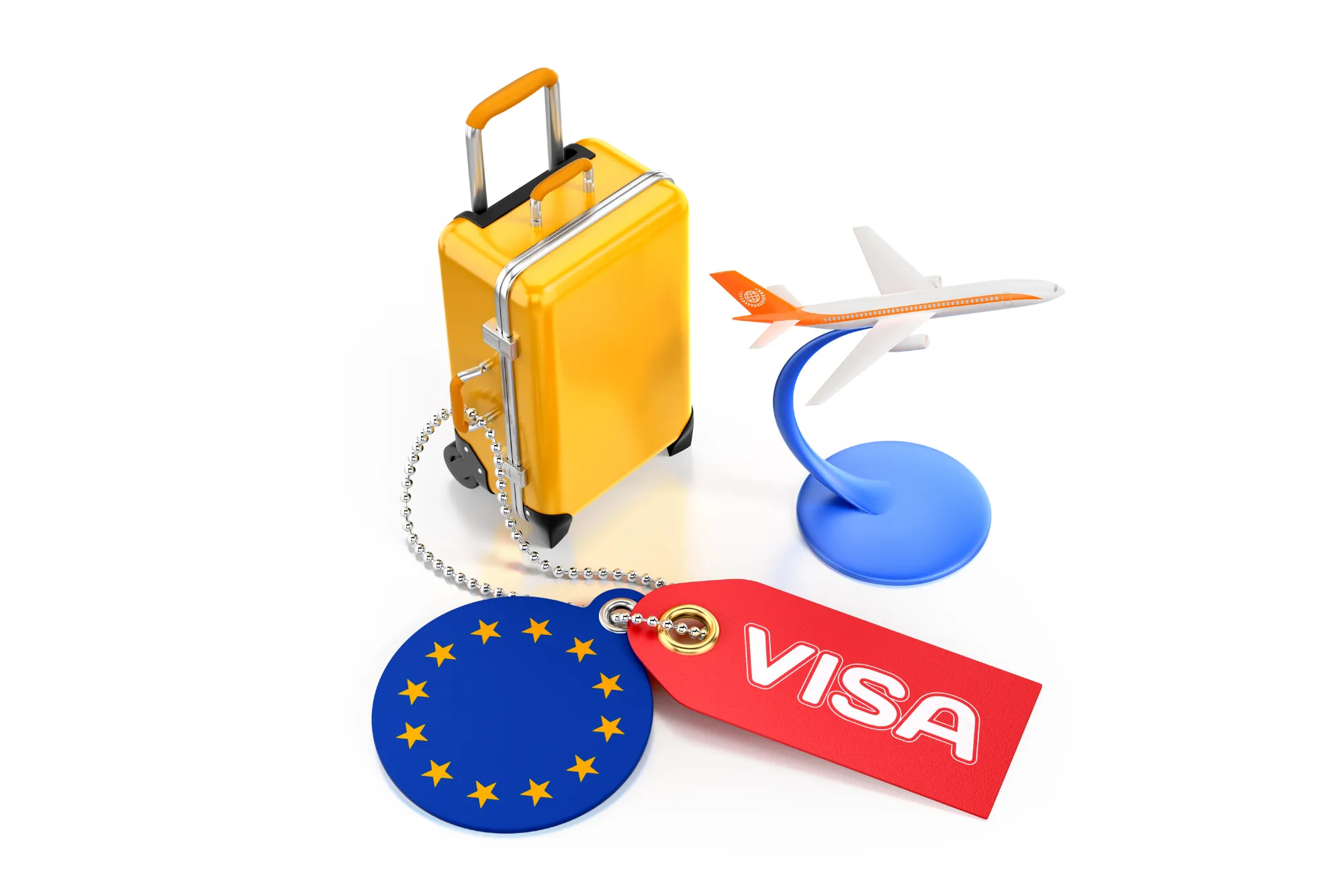If you’re dreaming of wandering the cobblestone streets of Paris, exploring the fjords of Norway, or enjoying pasta in an Italian piazza, then you’re likely going to need a Europe visa. For many travelers, especially those outside the European Union, securing a visa is the first step toward turning those travel dreams into a reality.
Having gone through the visa process multiple times myself and helping friends and family do the same, I can tell you it’s not as daunting as it seems. This guide walks you through everything you need to know to make your Europe visa journey a smooth one.
What Is a Europe Visa (Schengen Visa)?
When people talk about a “Europe visa,” they’re usually referring to the Schengen visa. This visa allows entry to 29 countries in the Schengen Area, including France, Germany, Italy, Spain, and more. The beauty of this visa is that once you enter one country, you can travel freely throughout the zone without further border checks.
Types of Schengen Visas
Depending on the purpose of your visit, you’ll need one of the following visa types:
Tourist Visa – For leisure travel and sightseeing
Business Visa – For meetings, conferences, or business-related travel
Transit Visa – If you’re passing through a Schengen country en route elsewhere
Medical Visa – For treatment in a European medical facility
Short-Term Study Visa – For training or courses under 90 days
Most people apply for the Type C Short-Stay Visa, which allows stays up to 90 days within a 180-day period.
Do You Need a Europe Visa?
Not everyone needs a visa to visit Europe. Citizens of countries like the U.S., Canada, Australia, and Japan can travel visa-free for up to 90 days. However, starting in 2025, even visa-free travelers will need to apply for an ETIAS travel authorization.
If you’re from a country like India, Pakistan, Nigeria, or the Philippines, you’ll need a Schengen visa before traveling. It’s best to check the latest requirements on your destination country’s embassy website or an official visa information portal.
How to Apply for a Europe Visa: Step-by-Step Guide
Here’s a straightforward process you can follow, based on personal experience:
1. Determine Your Main Destination
If visiting multiple countries, apply through the country where you’ll spend the most time. If the duration is equal, apply through the country of first entry.
2. Book an Appointment
Most embassies or visa application centers (like VFS Global) require an appointment. Book early—slots can fill up quickly, especially during peak travel seasons.
3. Gather Required Documents
Though requirements vary slightly by country, you will usually need:
A completed visa application form
Passport-sized photos
A passport valid for at least 3 months beyond your return date
Flight bookings or a travel itinerary
Hotel reservations or an invitation letter
Travel insurance with €30,000 minimum coverage
Bank statements or proof of financial means
4. Attend Your Appointment
Be punctual, organized, and honest. Some embassies conduct interviews, while others simply collect documents and biometrics.
5. Wait for Processing
Visa processing usually takes 10–15 working days. It may take longer during busy seasons or if your application needs further review.
6. Collect Your Visa
Once approved, your visa will be stamped in your passport. Double-check the validity dates and the number of entries allowed.
Don’t Forget Travel Insurance
One of the most common reasons for visa rejection is a lack of proper travel insurance. It’s a mandatory requirement for Schengen visa applications.
For a convenient, compliant option, consider using a provider like AXA. You can find more information about Europe visa coverage and requirements.
Real Experience: My First Visa Application
The first time I applied for a Schengen visa was for a trip to Italy. I had planned to stay in multiple cities using Airbnb, which made proving accommodation a bit tricky. I solved it by creating a neat PDF itinerary with booking confirmations and addresses for each stop.
I also forgot to include one month’s worth of bank statements. Luckily, the consulate let me send them by email afterward, but not every embassy will be so flexible. Lesson learned: triple-check your document checklist!
How to Increase Your Chances of Approval
Here are a few personal tips and insights that could help:
Show strong ties to your home country: Employment letters, family ties, and property ownership help show you intend to return.
Be consistent and organized: Make sure dates on your documents match and present them in an orderly fashion.
Use dummy flight bookings: Don’t risk money on non-refundable flights before approval—use flight reservations instead.
Provide a clear itinerary: Especially if you’re visiting multiple countries.
What Happens If You’re Denied?
Visa refusals can happen, often due to incomplete documentation or financial doubts. If this happens:
Review the reason for refusal on your letter
Fix the issues and reapply
Or, submit an appeal with additional documents
Don’t lose heart—many travelers get approved on the second attempt after improving their documentation.
Understanding Visa Validity and Entries
Schengen visas come with different entry types:
Single-entry: Enter once and leave—no re-entry allowed
Double-entry: Enter twice within the visa’s validity
Multiple-entry: Best for frequent travelers
On my third Schengen visa application, I received a one-year multiple-entry visa, which gave me the flexibility to explore Europe on multiple short trips throughout the year.
Is the Application Process Worth It?
Yes—without a doubt. Once you’re approved, the freedom to travel through beautiful European cities, countryside, and cultural landmarks is absolutely worth the upfront effort.
Whether you’re planning a romantic escape to Paris, hiking in the Swiss Alps, or a culinary tour through Spain, the Europe visa opens the door to unforgettable experiences.
So plan ahead, stay organized, and enjoy the journey, not just the destination.

